By Robert Barr Smith
Britain was a battleground in the last years of the fifth century. The occupying, and in some sense stabilizing, Roman legions long since had gone, never to return, and the native Britons found themselves locked in a long, heartbreaking struggle against waves of brutal North German invaders—Angles, Saxons, and Jutes—who delighted in bloodshed, rape, and murder. In the long run of history, the Britons were doomed. But before the final Saxon triumph, there would be a last shining hour of victory for the Britons. That triumph would brighten the fading sunset and give the tribes another few decades of life as a free people. It would also engender a heroic legend that still lives today. Like all legends, it is equal parts myth and history. It is the legend of Arthur, the once and future king of Britain.
The principal man of the Britons at the time was not Arthur, but Ambrosius Aurelianus, the son of a Roman consul who had risen to become the Dux Brittanniarum, or commander in chief, of the Britons. But Ambrosius was old, the veteran of innumerable battles with the Saxon invaders, and he had delegated effective conduct of the war to Arthur, who may have been his nephew. Arthur was a soldier, an experienced war leader, but never a king. He was, however, a remarkable man, a charismatic commander and thoughtful tactician who undoubtedly led from the front.
Such leadership was badly needed by the Britons. When its empire began to crumble, Rome called its legions home in about ad 410. That left all military matters in Britain in the hands of the inhabitants, who by then considered themselves Romans as well. Just when the Angles, Jutes, and Saxons first came to Britain is not certain, but it is probable that initially they were invited guests and were offered East Anglia as their own for settlement. Some may even have cooperated with the Britons in defending their homeland before the last of the Roman legions left. In time, these fierce men from the east brought their families over to England. All went well at the beginning. However, as more and more Germans arrived in Britain, they began to grab for what was not theirs. The Britons, understandably, fought back, and the long twilight agony of Britain began.
Who was King Arthur?

Following the death of Ambrosius in the last decade of the fifth century, Arthur assumed command of the severely depleted Britons. He was a man of many names—Arthur, Arturus, or Lucius Artorius Castus being those most frequently attributed to him—but his advancement remains shrouded in legend. The scattering of oral and written accounts of his rise places Arthur in northern Britain, where he first came to power as the Comes Brittaniarum, or under chief, of Ambrosius. As such, he would have led the mounted troops patrolling the border, in charge of resisting the constant encroachment of invading tribesmen from the south.
The first reported mention of Arthur—although not by name—is contained in the poem “Gododdin,” written about ad 600 by Welsh poet Aneirin. The epic poem describes a battle between the Britons and the Saxons involving 300 mounted warriors led by a “reaper in combat” who fought at the front and “gave no quarter to the Saxons.” The battle described by Aneirin appears to have taken place on high ground, lending credence to the notion that it was in actuality the Battle of Mount Badon (Mons Badonicus in Latin), which was fought around the year 518. (Some date it as much as two decades earlier.) That was the date given in the Easter Annals, the most reliable source of history for those misty times. Easter being a moveable feast, the Christian church kept records of when it fell each year. It became the custom of church chroniclers to include on their calendars a little secular history as well, notations of important events that took place each year. The annals for 518 record: “The Battle of Badon in which Arthur carried the cross of Our Lord Jesus Christ three days and three nights on his shoulders and the Britons were victors.”
The reference to the cross probably does not refer to the literal carrying of a cross, but to a cloth cross sewn on Arthur’s outer garment, a medallion hanging from his neck, or an emblem painted on his shield. Whatever the case, Arthur and his men were undoubtedly Christians. Three days and nights may be a literal description of the length of the Battle of Mount Badon, but probably it is no more than the church’s attempt to describe the exhausting length of a ferocious hand-to-hand fight.
The earliest account of the battle, a scant few decades later, was by the Celtic monk Gildas, who described the followers of Ambrosius taking up arms “that they might not be brought to utter destruction.” According to Gildas, who died in ad 570, “Sometimes our countrymen, sometimes the enemy, won the field … until the year of the siege of Bath-hill, when took place also the last almost, though not the least slaughter of our cruel foes.” Gildas, the only eyewitness to leave behind an account of Britain in the Dark Ages, was scarcely impartial. “To hold back the northern peoples,” he observes, the Britons “introduced into the island the vile unspeakable Saxons, hated of God and man alike.”
Finding the Battle Sites of King Arthur
Just where Arthur fought the Saxons is also lost in the chilly mists of time. Britain is covered with sites that might fit the descriptions of Arthur’s battles. According to the eighth-century historian Nennius, Arthur fought some 12 battles in all against the Saxons. The first six took place along the rivers Gleni, Duglas, and Bassas, the seventh in a forest called Celidon. The eighth was near Gurnion Castle, the ninth at the City of Legion, the tenth on the banks of the river Trat Reuroit, the eleventh on the mountain Breguoin, and the twelfth at Mount Badon. The locations of some of the more obscure engagements are wholly undiscoverable; there are no similar names to be found anywhere in the British landscape. Most of the possible sites of Arthur’s battles are in the West Country, which seems logical, but others are located far away.
There are at least five places in England called Badbury, and one, Badbury Rings, includes a likely hill fort of the proper antiquity. There is also the city of Bath, a perennial choice for the location of Mount Badon, and even a place in far-off Scotland. The most probable site, however, is a place called Liddington Castle in Wiltshire, not far from the pleasant town of Swindon, and hard by Badbury, only a mile northwest. Liddington Castle was not a castle in the medieval sense, but rather an Iron Age earthwork. Its size was approximately 200 by 150 yards, a hill fort used as a defensive work long before the days of Arthur. Below it runs an ancient track, the Ridgeway, which once was a road for the Roman legions and more peaceful travelers. It is a natural route the Saxons might well have used in their invasion west into Somerset.
The Britain of the period was heavily forested, and there was much swampland. A large army would surely have followed a major, well-used path, and the Ridgeway fills that requirement perfectly. Moreover, the Saxons were a large war band, probably an army composed of detachments from three or even four Saxon areas of southern England. The ancient roads from the east would have brought most of them together just a few miles to the east of Swindon. The route for any contingent from East Anglia joined the track to the west just below Liddington Castle itself.
The hill on which Liddington Castle stands rises some 900 feet above the surrounding countryside. Its summit is about 400 feet higher than the ancient Ridgeway road, which ran across its shoulders time out of mind, making it a formidable piece of defensive high ground. Recent excavation has revealed that the top rampart of the old hill fort was rebuilt and repaired in the fifth century. Period chroniclers refer to it as Mons Badonicus—“mons” being Latin for “mountain”—so it is reasonably certain that a battle was fought on high ground. Mount Badon fits the physical description of the battle site very well indeed.

Arthur’s Army
Arthur’s outnumbered men were probably cavalry, or at least mounted infantry. That gave him a considerable advantage of mobility over his foot-slogging enemy. Nobody knows whether his men used stirrups, that simple innovation that gave the horse soldier the stability and leverage to fight effectively from the saddle with sword and spear. Stirrups were in use by some of the Germanic tribes at least as early as the late fourth century, so Arthur’s men may well have used them also. Arthur’s men no doubt fought with much the same weapons as their Saxon enemy: the axe, the heavy spear, and the double-edged sword. They may have used a smaller axe as well, one designed for throwing instead of chopping, and perhaps light throwing-spears. Some would surely have used Roman weapons, remnants of the more stable days before the legions departed forever over the sea.
Their defensive armament was probably sparse: wooden shields covered with hide, iron caps, leather jerkins. Many would have worn Roman armor, for that had been the equipment of the legions in Britain for centuries. Whether they made great use of the bow is lost in history; it is highly likely that they would have done so, even though the weapon would not have been the great long bow of later days. Some footmen may have used slings at long range, perhaps even casting their own sling ammunition, lead slugs of identical size for consistency in delivery. The Roman light troops had done so, and tin mines had been operating for a long time in Cornwall.
The Battle of Badon Begins
The fight at Mount Badon probably began either as a large ambush or a meeting-engagement. Arthur and his men approached from the north or northwest, perhaps sheltering in the woods until the Saxons came close enough to strike. Then Arthur’s horsemen charged the long column of Saxons marching west to harrow, murder, rape and rob. Since Arthur’s enemies were using the old Roman road lying north of Mount Badon itself, the first clash of weapons echoed along the edge of the road.
Much of what we know about Mount Badon comes from a 12th-century manuscript by a cleric, Geoffrey of Monmouth. Although Geoffrey was not above inventing what he could not gather from other works and tales, what he wrote about the Battle of Mount Badon has the ring of truth. The Saxons fought in wedge-shaped formations, he says, a sort of phalanx bristling with spears. That description sounds very much like the shield-wall, the close-order hedge of spears that was a long-standing Norse tradition. Or it may refer to the so-called boar’s head formation, a sort of flying wedge often used by the Norse enemy, a massed arrowhead of warriors, tipped by wild berserkers or other notable axemen.
Arthur’s men charged the Saxons again and again, closing to sword-length when they could, hurling javelins and axes at close range when they could not penetrate the hedge of spears. The bowmen and slingers accompanying Arthur’s cavalry would cover them with a flight of missiles as the horsemen thundered in to smash against the wall of shields. According to Geoffrey, Arthur exhorted his men to “fight for your fatherland, and if you are killed suffer death willingly. That in itself is victory and a cleaning of the souls.”

Meanwhile, the Saxon commander, an experienced fighting man called Aelle, formed his men in an easily defensible position about 1,000 yards long, facing north. The Saxon line followed a line of higher ground just south of the road, its right flank anchored on a deep gully that ran southward behind them, then up the flank of Mount Badon. It was a reasonably strong position, since the gully would have protected their flank from any Briton cavalry charge. The Saxons’ line probably paralleled the line of the ancient Roman road they had been tramping along when Arthur struck.
The fight raged all day, and the carnage must have been awful. The Saxons were doughty fighters, some swinging two-handed axes that could carve a man from scalp to breastbone in a single stroke. One chronicler says that Arthur’s cavalry charged the Saxons repeatedly. In the poem “Gododdin,” the Britons “went in a battalion, with a war cry; the force of horses with dark blue armor and shields. You did not see the great fury of the horsemen; they slew, they gave no quarter to the Saxons.” The riders did terrible execution, but they could not break the wall of spears. Arthur’s men also suffered heavy casualties and lost many horses to the wall of spears and the axemen.
The Saxons on the Hill
As night fell and it became too dark to see clearly, the two forces broke contact. Under cover of darkness, the Saxons fell back uphill to the protection of Mount Badon, which even then had ancient Iron Age earthworks cut into its grassy top. It was very steep, a fine defense against cavalry. Over a stretch of some 300 yards, the ground rose at a 20-degree angle: one foot upward for every three feet forward. Mounted men could approach the hilltop only from the east, and then only with difficulty. Much of the bloody work would have to be done by men on foot.
For his part, Arthur pulled back far enough to find ample water, tended his wounded, and rested his weary men and animals. And always he kept his eye on the Saxons high above him, a watch fire flickering behind him. Arthur watched and waited through the long hours of darkness, making his plans for dawn. Somewhere deep in the West Country night, Arthur made his choice: he would attack. He might have left the Saxons to fester on the hillside. In spite of the hill’s fine defensive attributes—it was the highest point for miles in every direction—the Saxons could not stay there indefinitely. When morning dawned the next day, the Saxons would have had to choose to stay on their hilltop and eat themselves out of provisions, or come down and face that terrible cavalry that waited grimly below.
Arthur could have waited, but he was not content to loosen his grip on his enemy. One explanation of his decision is to remember that the fighting between Britons and Saxons was vicious and unforgiving—war to the knife, without quarter or pity on either side. To Arthur and his men, the only safe Saxon was a dead one, and Arthur was taking no chances on any of his enemies escaping. There may also have been another Saxon force somewhere in the vicinity, or at least Arthur thought there might be. In that case, Arthur would have felt it necessary to exterminate the host on Mount Badon before they could summon help by beacon or messenger.
Arthur’s men were veteran soldiers with immense confidence in their commander. They had fought hard through most of the day. Many of the men still in the ranks were wounded; others had lost their horses. All had lost friends. They had to know that attacking up the steep slopes of Mount Badon in the morning would be a bloody task, with no assurance of victory at the end. Yet they were ready to follow their magnetic leader, whatever might lie at the end of the next long day.

Charge of the Britons’ Cavalry
The next morning, at the break of dawn, Arthur’s men started uphill, their weapons glimmering faintly in the first pale light of the coming morning. Most of his men advanced on foot, grimly slogging their way uphill toward the waiting hedge of spears. As they came up the steep north slope of the hill, they were repeatedly charged by groups of Saxons, whose wild dashes struck all the harder by reason of the speed of their downhill run.
The Britons left the ground behind them studded with the still forms of their dead and the writhing bodies of their wounded. The forays from the hilltop spilled much Briton blood as the Saxons hurled every stone they could find. But still Arthur’s men came on grimly, until they got within arm’s reach of their blood-enemies, and then the fighting went hand-to-hand. Still the Britons fought at a disadvantage, trying to keep their footing on the steep slope and find leverage to hew and slash at burly enemies who towered above them.
Arthur now clutched his enemy tightly to him, and the infantry struggle went on throughout the day, swaying back and forth along the edge of the hilltop. Arthur was patient, waiting while his sweating, panting men struggled and died, pulling into the melee more and more Saxons from other parts of the hilltop. Then, late in the day, when the Saxons were deeply committed to the ferocious infantry battle along the northern lip of the hill, Arthur struck. According to a contemporary account, “Arthur waxed wroth at the stubbornness of their [the Saxons] resistance, and the slowness of his own advance, and drawing forth Caliburn, his sword, cried out aloud the name of Holy Mary, and thrusteth himself forward with a swift on set into the thickest press of the enemy’s ranks.”
The Britons’ charge, which Arthur led himself, thundered over the eastern edge of Mount Badon’s flat top, the horsemen shouting “Holy cross!” and their own personal war cries, spear points down and forward, knocking aside those Saxons who still manned the eastern edge of the perimeter. The charge slammed into the mass of the Saxons from the flank and rear, and the top of Mount Badon became soaked with blood. The shock was tremendous. The Britons’ horses were bulky and strong, the result of generations of breeding between native English ponies and the heavier horses of Rome. Many of the Saxons were knocked down and trampled to death by the frantic horses. Arthur’s shouting horsemen crashed into the Saxons, the riders stabbing overhand at their enemies with their short, heavy spears, clutching the reins with their shield-hands or gripping them in their teeth. When spears were lost or broken, the Britons rose in their stirrups for leverage to hack at the desperate Saxons with axes or swords, slashing down through iron caps and leather jerkins, scattering blood and brains across themselves and their plunging horses.
Cornered, the Saxons fought back desperately, trying to pull their enemies from the saddle, dropping to the earth to stab at the horses’ bellies and hamstrings. Those who did so perished under the hooves and heavy bodies of the horses. The survivors were exhausted, many wounded in the melee of the previous day. There could have been little food to spread among that tired host the night before, and perhaps no water at all. As the shield wall disintegrated, the Saxons’ tired hearts began to fail as well.
Submerged by the relentless pressure of the cavalry, crushed against the anvil of the infantry assault over the northern lip of the hill, the Saxon resistance began to fragment, and fugitives started to break away in ones and twos and threes, seeking refuge in flight, looking anywhere for life and safety. But there was no safety on that hill—and none below it, either. For most of the Saxons there was only a last spasm of whistling steel and a bloody end to life. Arthur’s men were paying back 50 years of blood, 50 years of rape and kidnapping and ruthless burning. They rode down every Saxon they could catch, killing and killing until their own exhaustion stopped them and there were no more living Saxons to cut down. Gildas credits Arthur alone with killing 470 men; Nennius puts his total at 940. Probably, this was the total account of Saxon dead, attributed conveniently to the leader of the Britons.
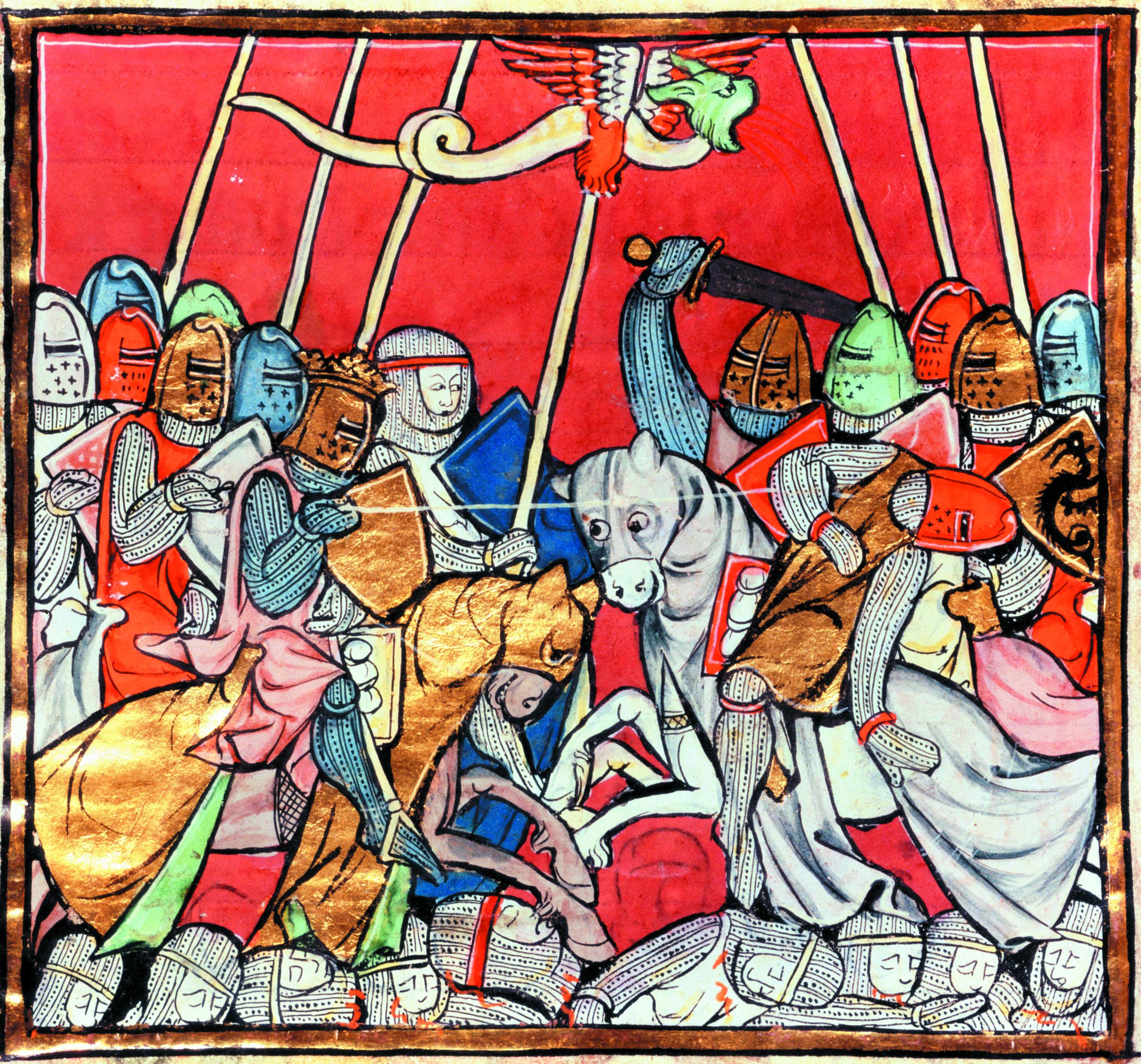
Remembered in Legends and Poems
The Battle of Mount Badon was over. Because no historian or poet was present to write down what happened there, Mount Badon is little known. It deserves better. For on that bloody hill, Arthur won a victory that bought his people another half-century of life. And at Mount Badon the legend of Arthur took deep root and grew. It is still very much alive today, in spite of all manner of skeptical attempts to debunk the Arthurian legend. Arthur still sleeps, some believe, beneath the green earth somewhere in the West Country of England, or in Wales. He is surrounded by his men, like Barbarossa in the German legends. And like that fabled Teutonic king, Arthur will ride out again, Excalibur in hand, when his country needs him the most. For centuries men refused to believe the great soldier was dead. He was only sleeping, they said, and would come again in time of need.
The places associated with Arthur are still visited today by people who half believe in dimly mailed shades, even at noon. There are still places in the West Country where it is easy to see such things. The ancient hill fort at South Cadbury in Somerset is often identified as the legendary Camelot, and indeed it was the seat of an important commander during the final years of Arthur’s life.
Arthur was killed at the Battle of Camlann, a few years after Mount Badon, by one of his own knights, Medrautus Lancerius, who then made off with Arthur’s wife, Guinevere. The love triangle, if that’s what it was, gave rise to a number of epic poems, including the Welsh collection Mabinogion and the Arthurian romances of Chretien de Troyes. In actuality, there were no soaring towers, no knights clanking in and out in full plate armor at Cadbury. But a notable war leader did live there at about the proper time in history, and his fort was large enough to hold a formidable army and its horses. Not far away lies the sleepy town of Glastonbury, with the haunted ruins of its beautiful abbey, its legends of the chalice called the Holy Grail. Glastonbury may well be the fabled Isle of Avalon, for in other days the sea inundated much of the surrounding country, and the area was called Ynis Witrin, the Isle of Glass. On the green and placid grounds of the ancient abbey there is a grave, empty now, where legend says Arthur lay in peace for centuries.
It is easy to believe in Arthur at Glastonbury, for it is a mystic place, closely linked to tales of Joseph of Arimathea and the Holy Grail. One tale holds that Jesus came to Britain as a boy with Joseph and stayed for a time in the West Country. Legend says that a thorn tree growing in Glastonbury, a tree whose distant ancestor grew from Joseph’s staff, was planted in the earth. This legend, too, has been the subject of much scoffing except that the tree grows no place else in England, and is distinctly Mediterranean in ancestry.
And then there is Dozmary Pool, a desolate lake on Bodmin Moor where Excalibur may still lie sleeping beneath the glassy surface. It is an otherworldly place on the right kind of day. When the lonely wind of the moor stirs the surface of the pool, one may wonder whether the ripple of wind on water could be caused by the slim white hand of the Lady of the Lake.
The Bones of King Arthur
In ad 1190 the monks of Glastonbury Abbey dug up Arthur’s bones—or at least what they said were his bones. They were re-interred with great ceremony in a black marble tomb before the abbey’s high altar. The bones are gone now, but for centuries the monks showed a lead cross that they said came from the grave. On the cross was carved in Latin: “Here lies buried the renowned King Arthur in the Isle of Avalon.” The cross is now lost—conveniently, some say. Still, many people saw it, wrote of it, and even drew pictures of it as recently as 200 years ago. Perhaps the legend was faked by the monks to make Glastonbury more attractive as a goal for pilgrims.
Modern archaeology has established that there was in fact a grave where the monks said they found Arthur’s bones, and the grave may indeed have been as old as the fifth or sixth century. However much of Arthur’s legend may be invention or imagination, the fight at Mount Badon was real. Precisely what happened there, nobody can say with total accuracy. No matter. The victory Arthur won at Mount Badon was one of the most significant victories in British history. It still deserves to be remembered today.
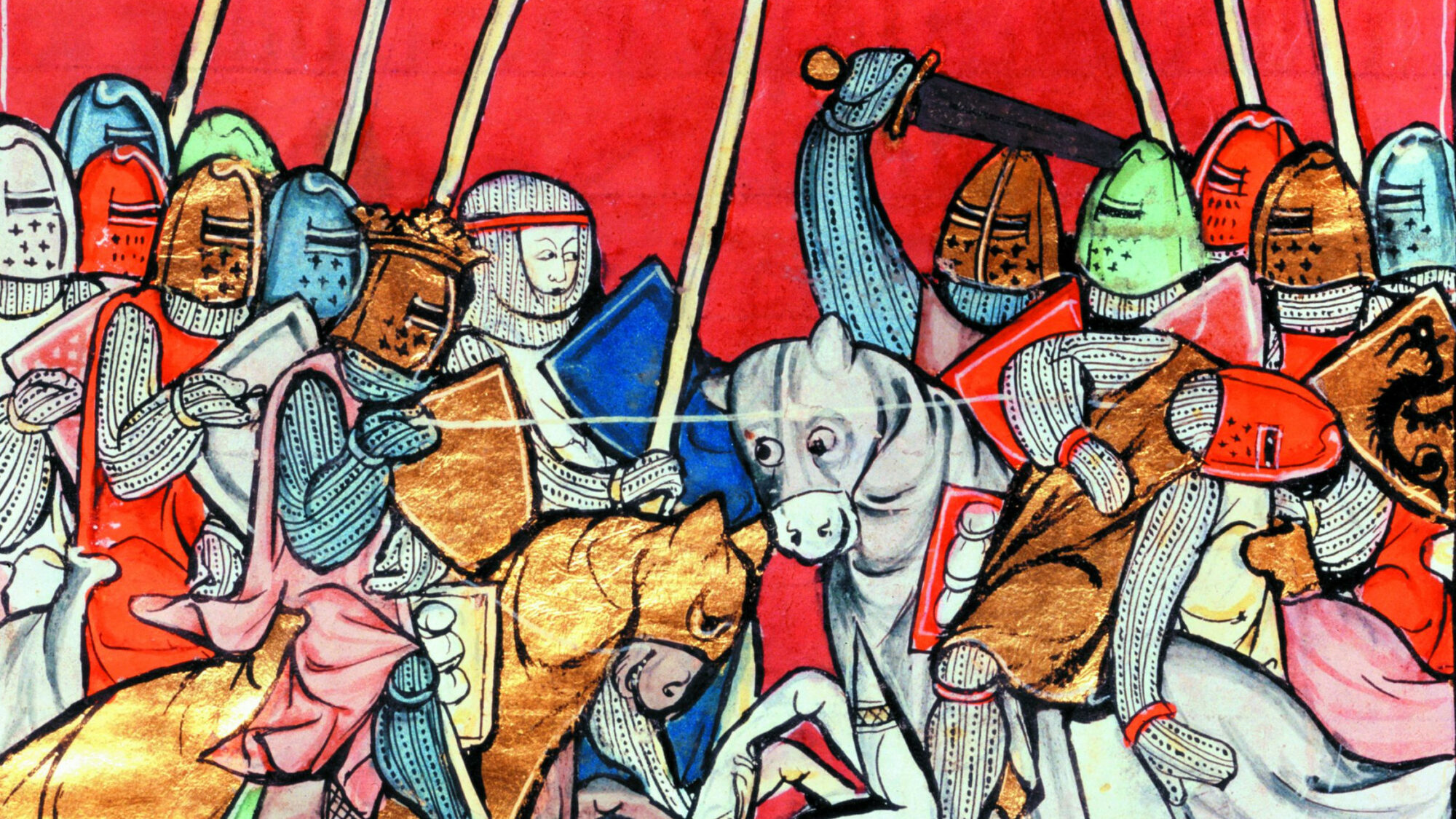
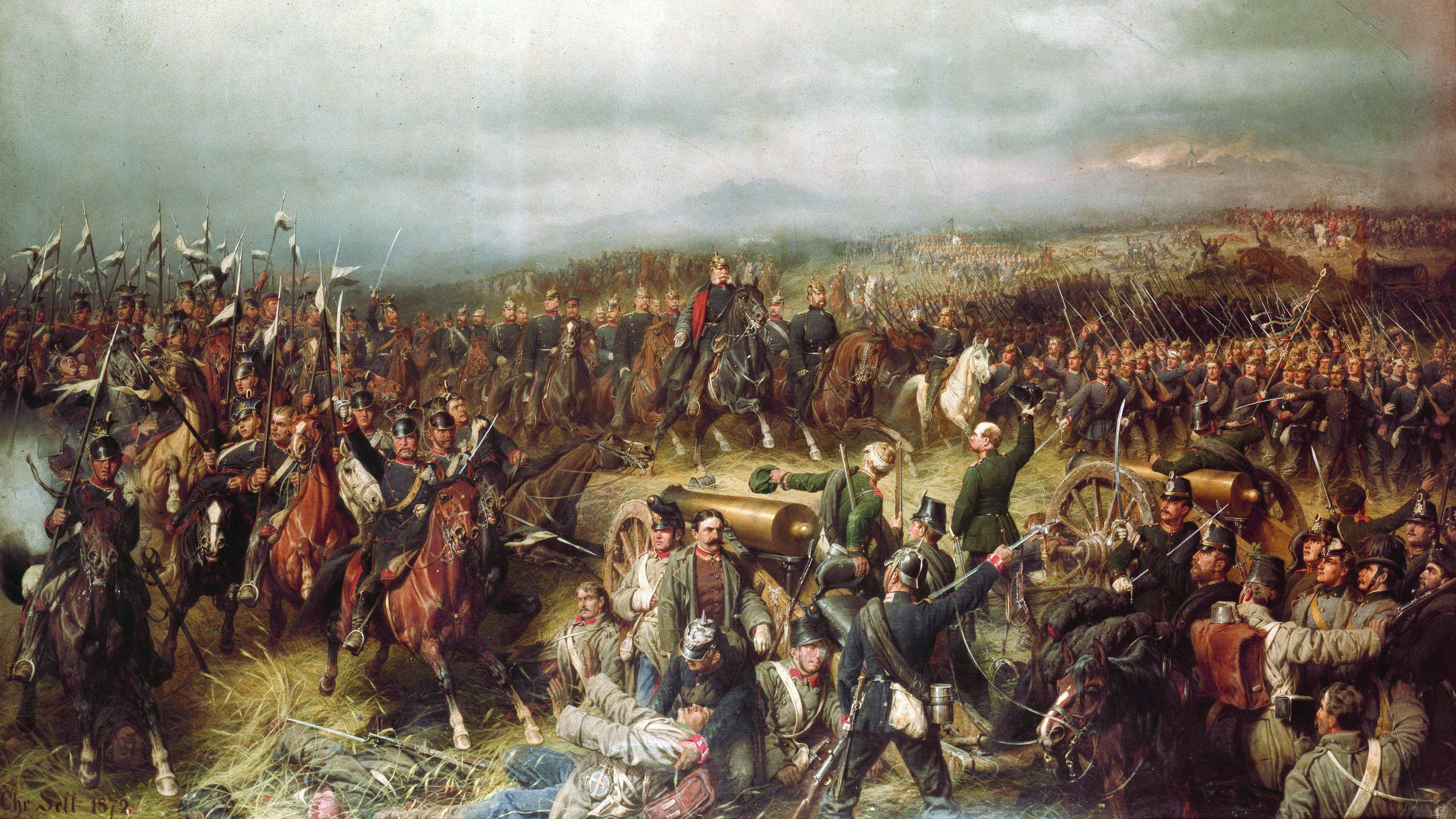
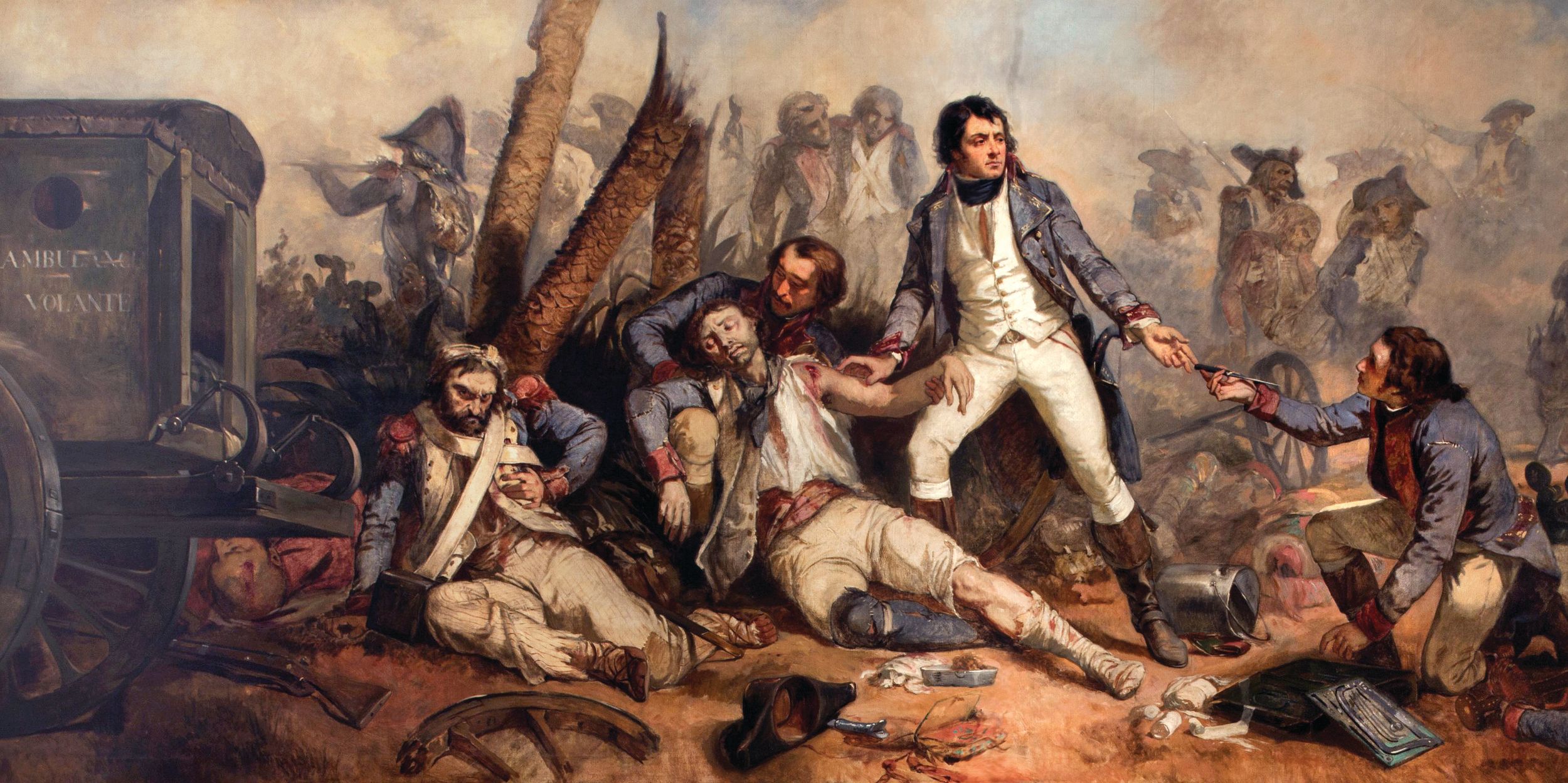
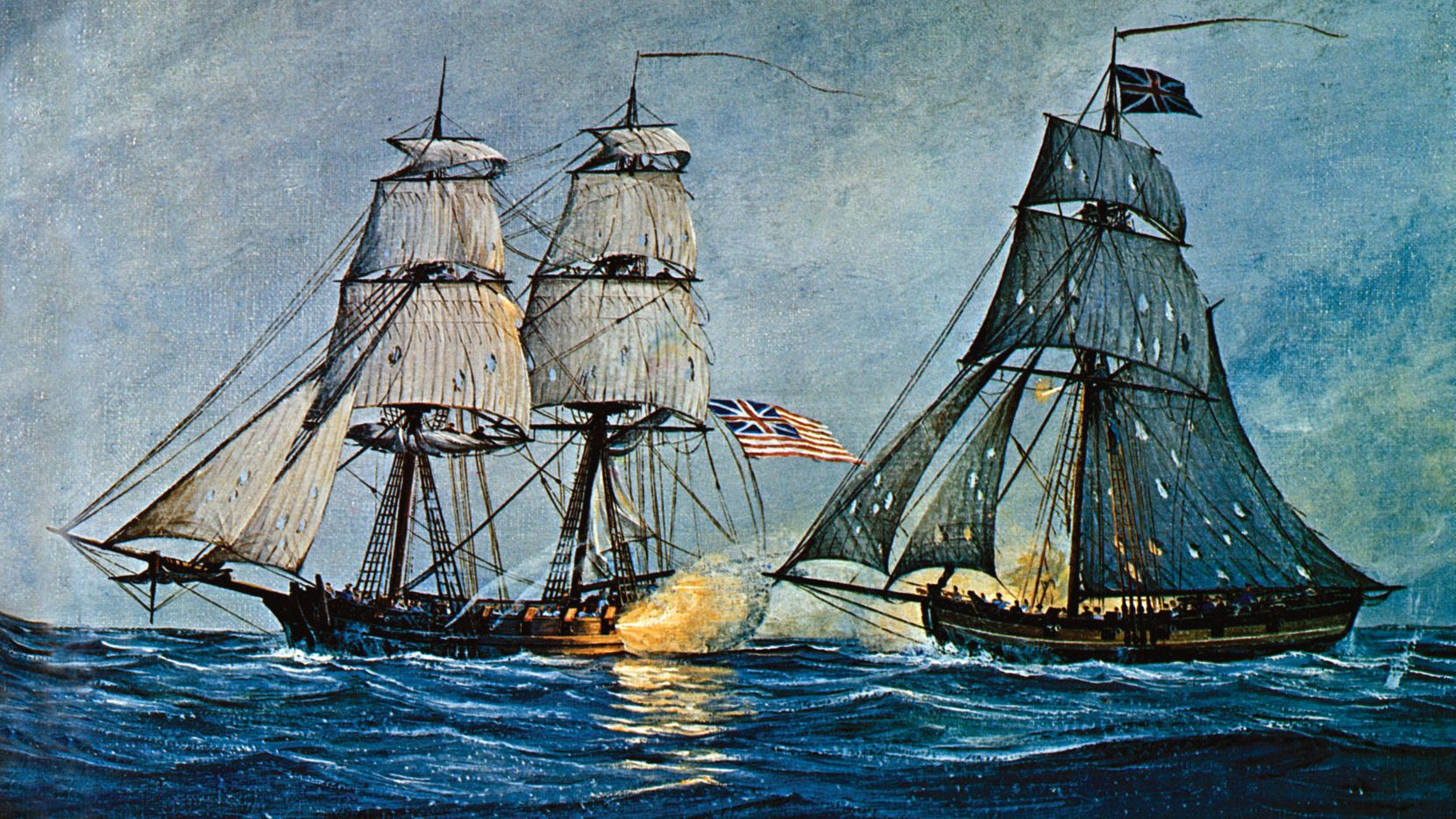

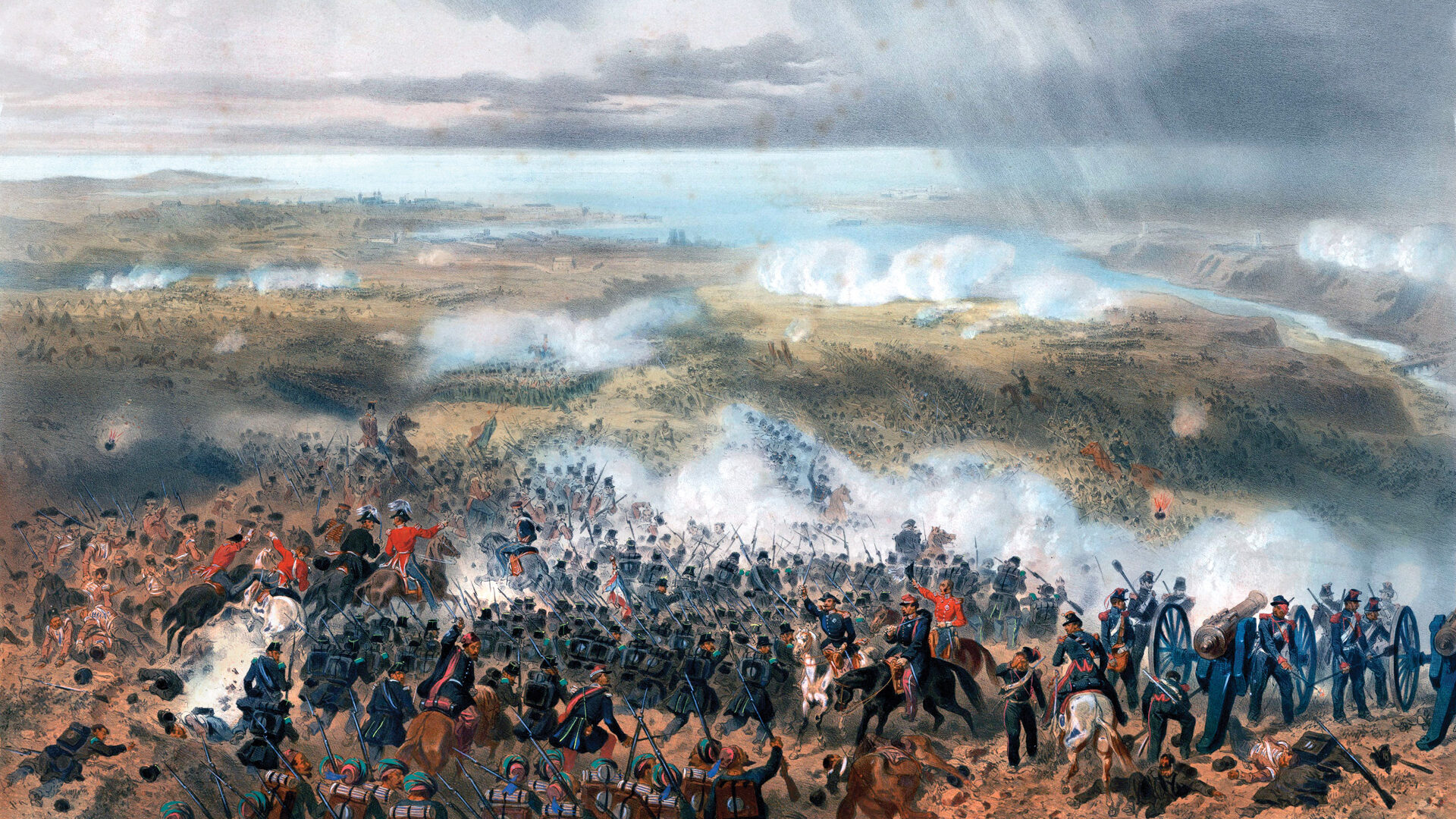
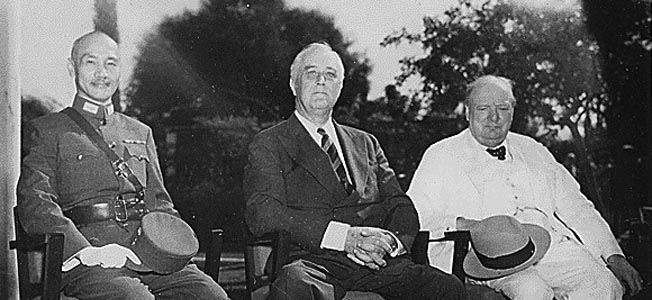
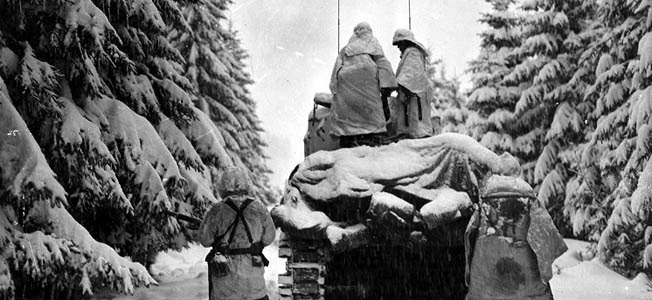
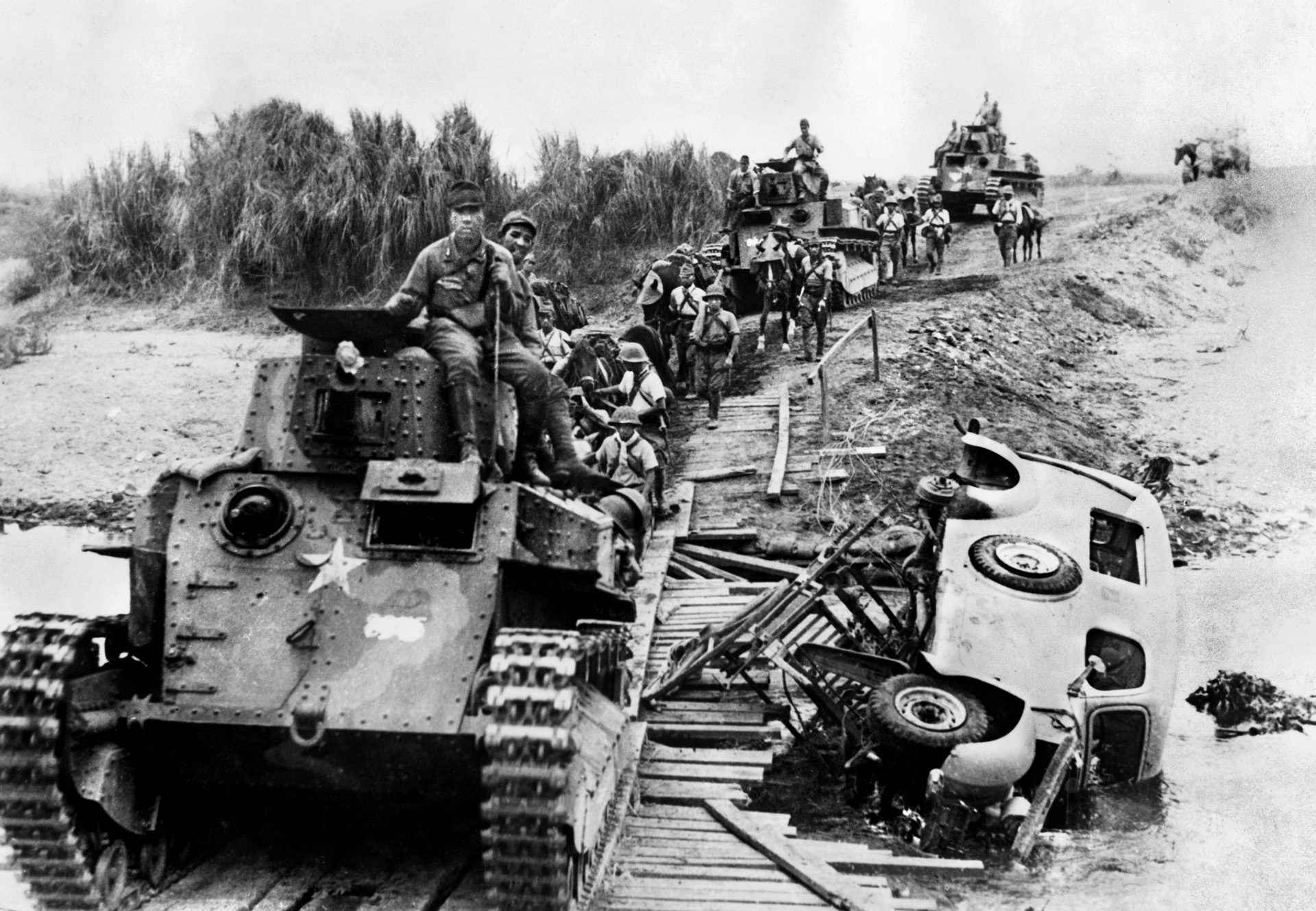
Join The Conversation
Comments
View All Comments